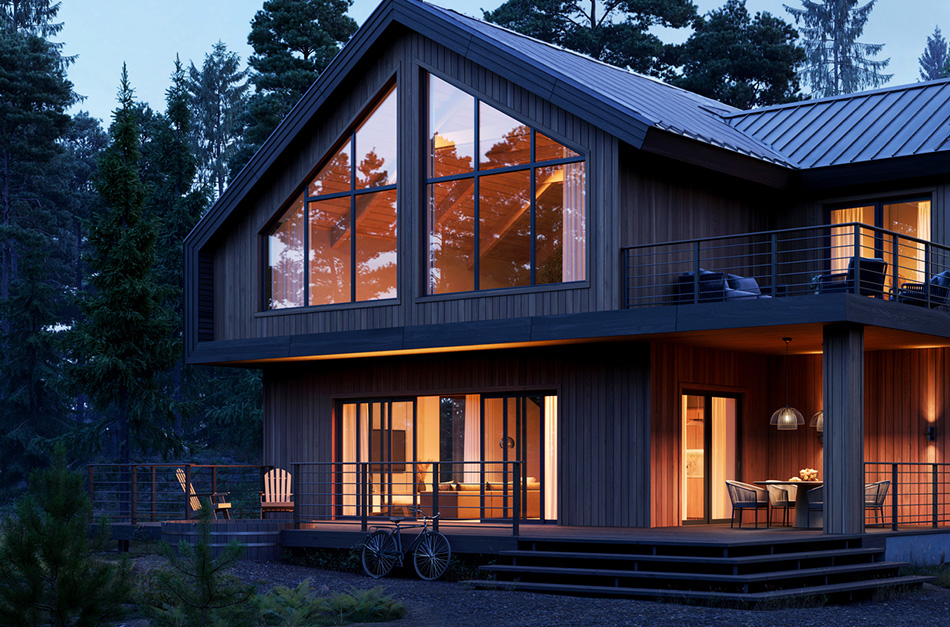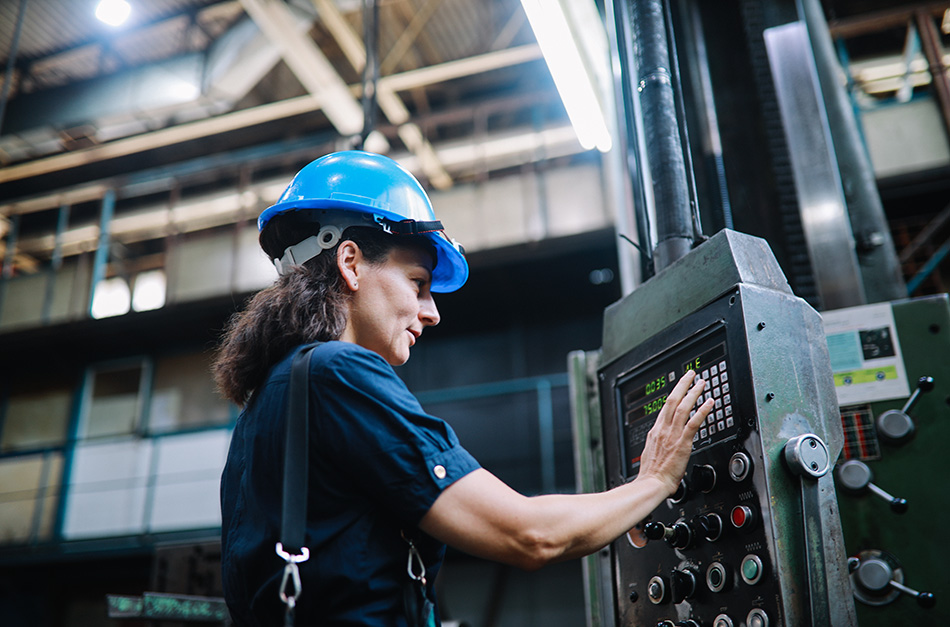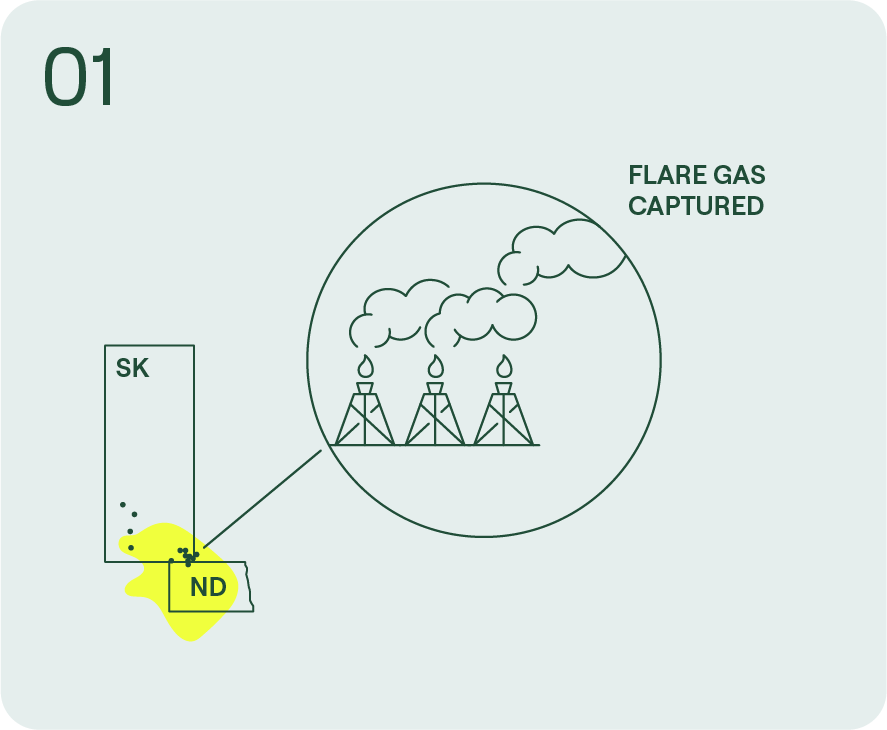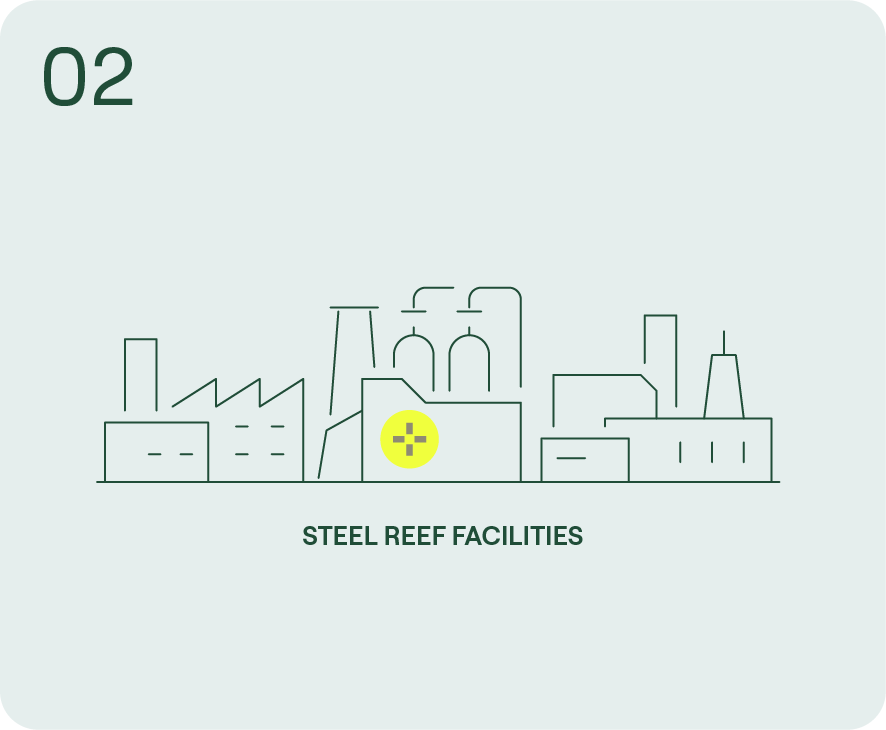Energy innovation
What we do

Recovering wasted energy reduces emissions

Powering our electrical, lower-carbon future

Building utility-grade infrastructure for tomorrow
Steel Reef is acquiring and developing essential infrastructure for the capture, transportation and processing of associated gas in the Western Canadian Sedimentary Basin and Bakken Resource Play.
As we transition into a lower-carbon future to meet the increasing global energy demand, Steel Reef is converting flare gas, a previously wasted resource, into power through our emissions-to-energy practice.
There is an abundance of available energy to feed this opportunity.
Globally, 144 billion cubic meters of natural gas was wasted and flared into the atmosphere in 2021—enough to generate 1,800 terawatt hours of energy or 40% of the U.S.’s annual electricity consumption (World Bank).
Building further emissions-to-energy infrastructure can accelerate the shift from coal to natural gas, which emits half of the CO2 produced compared to burning coal (USEIA). Gas can contribute to the energy transition by delivering fast and deep decarbonization.
Since 2010, coal-to-gas switching has saved around 500 million tonnes of CO2 in the U.S., which is comparable to adding 200 million electric vehicles (EVs) running on zero-carbon electricity on the road over the same period (USEIA).
As we move further into the transition beyond coal, Steel Reef will continue to pioneer technology for electricity generation toward net zero. It will take a collective effort across industries, in the same way the world transitioned from wood to coal to refined oil products.
Our emissions-to-energy practice
Generating a lower-carbon power source by utilizing associated flare gas.




Sustainability
Steel Reef has Environmental, Social, and Governance (ESG) goals to ensure we are positioned for strong and sustainable growth long into the future.